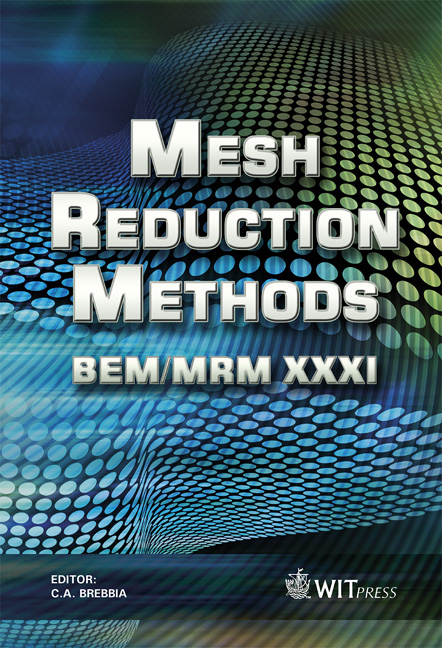Hybrid Finite Element Method In Supersonic Flutter Analysis Of Circular Cylindrical Shells
Price
Free (open access)
Transaction
Volume
49
Pages
12
Page Range
233 - 244
Published
2009
Size
415 kb
Paper DOI
10.2495/BE090211
Copyright
WIT Press
Author(s)
F. Sabri, A. A. Lakis & M. H. Toorani
Abstract
This study is focused on the aeroelastic behaviour of circular cylindrical shells in a supersonic airflow. The development is based on a combination of Sanders’ thin shell theory and the classical finite element method. Potential and piston theory with and without the correction factor for shell curvature is applied to derive the aerodynamic damping and stiffness matrices. The influence of stress stiffness due to the shell internal pressure and axial loading is also taken into account. Aeroelastic equations in hybrid finite formulation are derived and solved numerically. The effect of shell boundary conditions; geometry and flow parameters on the structure response is investigated. In all study cases, the shell loses its stability by coupled-mode flutter where a travelling wave is observed during this dynamic instability. The results are compared with existing experimental data, other analytical and finite element solutions. The present study shows efficient and reliable results that can be applied for the aeroelastic design of shell structures used for aerospace vehicles. Keywords: FSI, hybrid element, flutter, cylindrical shells.
Keywords
FSI, hybrid element, flutter, cylindrical shells





